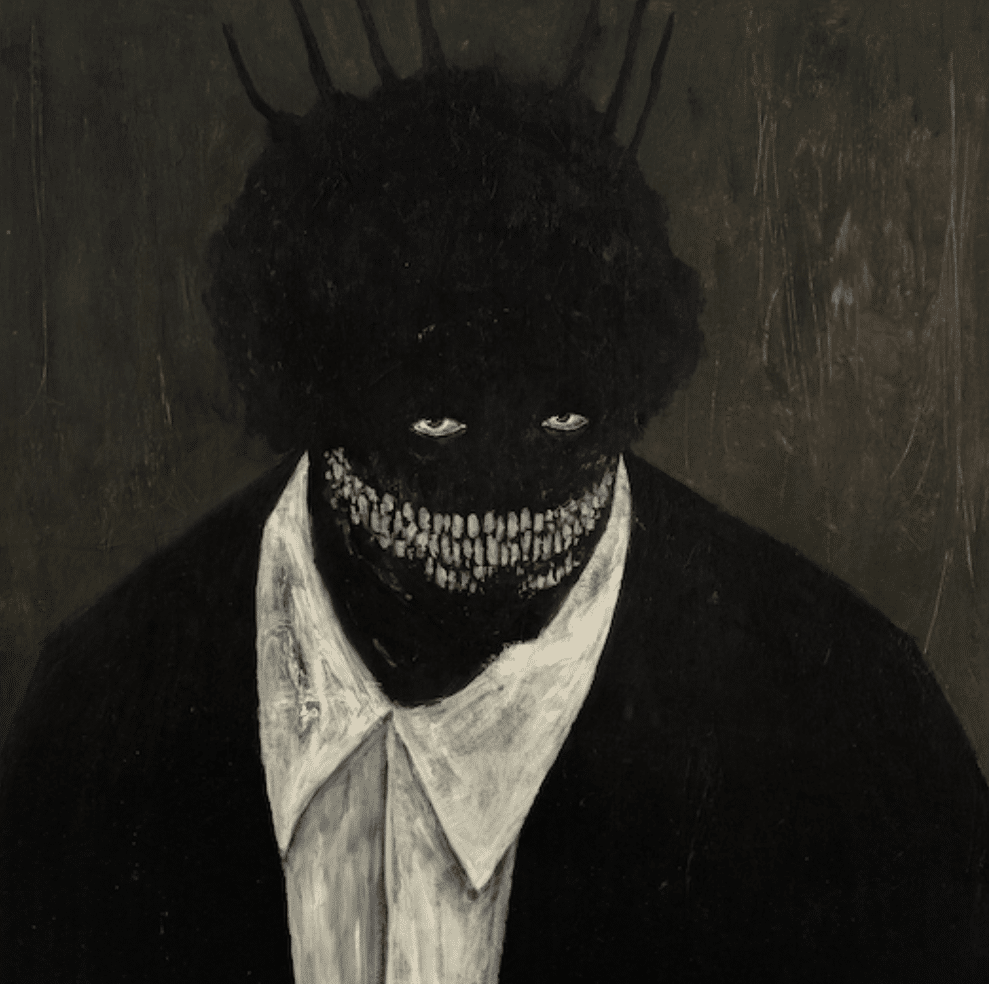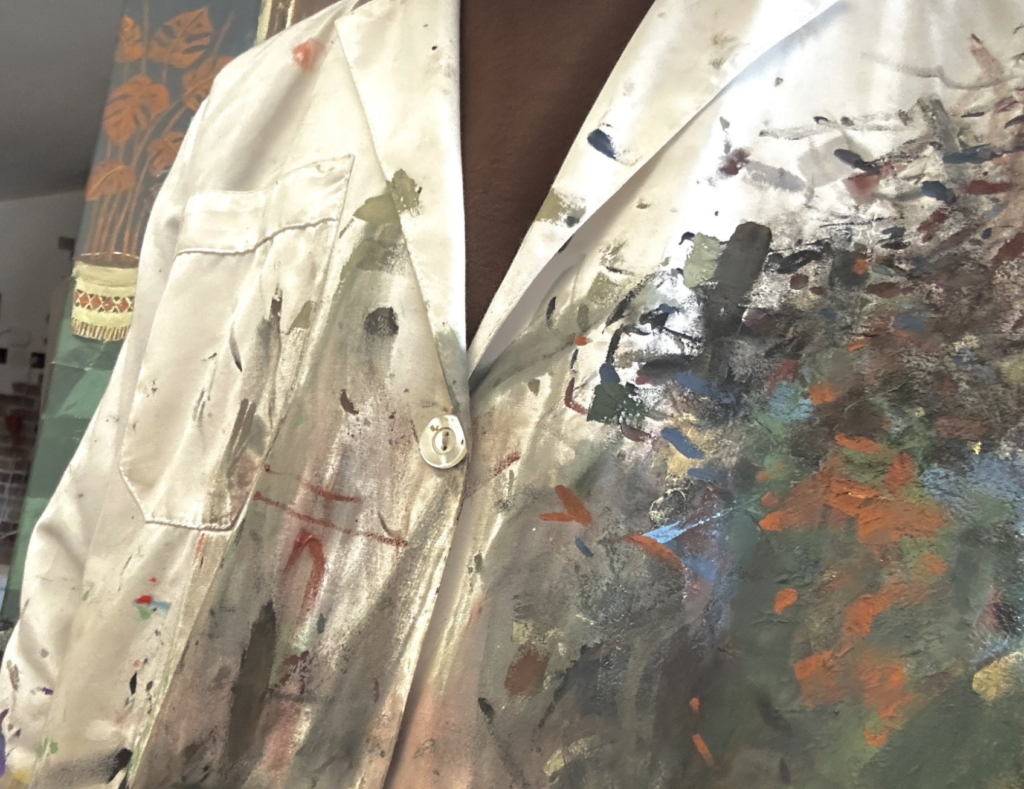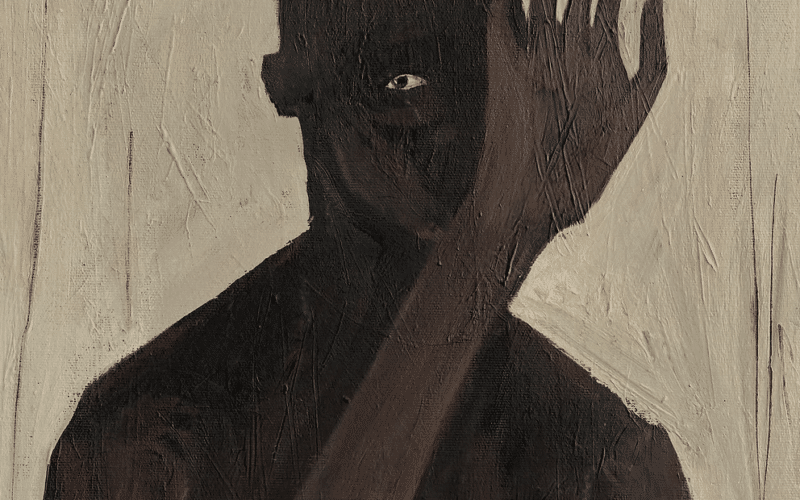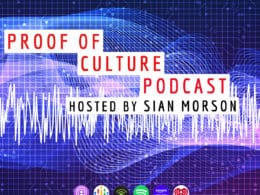Art holds immense power, capable of inspiring, challenging, and evoking emotions. But when artistic choices reinforce harmful stereotypes that cause pain to marginalized communities, it becomes crucial to reflect on the impact of such work. In Web3, where visibility and representation for Black artists can be a challenge, navigating these complexities becomes even more important. In this piece, we will explore the case of Ozy, an Italian artist who has recently come under fire for his work depicting which portray dark skinned people in what some feel is a derogatory way. We will also delve into the potential harm caused by his artwork and the broader challenges faced by Black artists in the Web3.
Ozy’s Artistic Journey
According to his website, Ozy hails from southern Italy. The artist has garnered attention for his art, heavily influenced by the styles of renowned Black artists like Kerry James Marshall and Jean-Michel Basquiat. His artwork has been collected and shown in galleries and on the blockchain on SuperRare. Considering Ozy’s background and involvement in the NFT art community, it is essential to examine his intentions and the potential repercussions of his artistic choices.
Borrowing from Influential Black Artists
Artistic inspiration and influence are common but striking a balance between homage and appropriation is important. Ozy’s work borrows heavily from the styles of Marshall and Basquiat, both iconic Black artists. But the issue arises when artistic choices unintentionally perpetuate harmful stereotypes or inadvertently cause harm to marginalized communities. The influence of these artists demands a heightened level of sensitivity and understanding of the cultural contexts within which their work exists. Also, Ozy has described many of these black-skinned characters in his work as ‘demons’ and ‘beasts’. This language is harmful.
In one piece titled ‘Damned’ that is reminiscent of Marshall’s ‘A Portrait of the Artist as a Shadow of His Former Self’. Ozy has reimagined not only Marshall’s work, but the meaning behind the work. Marshall’s piece champions the Black experience and he has spoken out about his use of art to highlight the Black experience. Ozy appears to have been influenced by Marshall. But where does appreciation end and appropriation begin? This is the question that Black artists in the Web3 are now grappling with.

Ozy’s Clarification and Intentions
In response to concerns regarding the portrayal of demons as black, Ozy took to his now deleted Twitter account to explain his intentions. He clarified that his art was not meant to associate these representations with any specific culture or skin color. He expressed a genuine love for the culture and claimed his intentions were rooted in exploring fascinating subjects, devoid of any malicious intent. Despite his stated intentions, the impact of his work cannot be divorced from the historical context of racial stereotypes and the potential harm caused to the Black NFT community.
“I am a lover of this culture and I find it fascinating to express myself with subjects that I find fascinating. The ‘demons’ I referred to in the tweet refer to works such as ‘beast’, in which I represent the dark and visceral part of man without the intention of associating him with anything, any culture and any type of skin colour. I never thought they could mean anything bad to some because my intentions have always been pure.“ he posted on Twitter yesterday.
Harmful Impact and Emotional Responses
Art has the capacity to evoke strong emotions, and the reactions to Ozy’s work have been mixed. While some may argue in defense of his artistic freedom and his right to revere artists such as Marshall and Basquiat, it is important to consider the emotional toll on those directly affected.
Black artists have expressed anger and hurt in response to the portrayal of demons as black. We must acknowledge and validate their experiences, as their perspectives shed light on the potential harm that can be caused by such artwork. I reached out to Elise Swopes to get her thoughts on the matter.
“Any art depicting Black people as demons or using black struggle reinforces stereotypes and perpetuates racism. Especially in the way we have been portrayed in films, literature, and advertisements throughout history. When a white artist capitalizes on Black struggles by incorporating them into their art for personal gain, they are exploiting the pain and suffering of a marginalized group without having experienced it themselves. It’s colonialism at its finest.” she said to me via Twitter.
Challenges Faced by Black Artists in Web3
Web3 presents both opportunities and challenges for Black artists. The lack of representation and systemic barriers make it difficult for us to gain visibility and recognition for our work. Often, February is the only time that Black artists are highlighted. And indeed, it was revealed that Ozy participated in a Black History Month exhibition curated by Linda Dounia for SuperRare. I reached out to Linda for this article and she confirmed that she was not aware that the artist was not Black. Linda, a celebrated artist has been instrumental in highlighting the work of many Black artists in Web3.
“I loved his work and he was drawing from so many influential Black movements and ONLY using black emojis, that I was like, he must be Black, right?” She went on to add that the Ozy never corrected her when he was approached about being in the show.
Many other artists on Twitter mentioned Ozy’s use of dark skin-colored emoji and a photo he shared where he appeared to have dark brown skin under a paint-splattered white jacket.

Reactions to the fallout ranged from shock to outrage with many Black artists airing their frustrations with the situation.
When artists like Ozy, who are not Black, choose to portray themselves as black or heavily borrow from Black art styles, it can further marginalize and overshadow the contributions of black artists in the Web3 space.
The Importance of Authentic Representation
Authentic representation and cultural sensitivity are vital in this space. When artists, intentionally or unintentionally, pretend to be Black or appropriate Black art styles, it perpetuates stereotypes, undermines the experiences of Black artists, and contributes to their erasure. It is crucial for artists to respect the experiences and perspectives of marginalized communities, being mindful of the potential harm their artistic choices can cause.
This Ozy situation highlights the need for critical reflection on the impact of artistic choices and the potential harm they can cause. We must begin to create an inclusive environment where Black artists can thrive and have their voices heard without being overshadowed or misrepresented. By embracing authentic representation and actively supporting Black artists in the Web3 space, we can foster a more inclusive and empowering artistic community.
Sian Morson is the founder and editor of The BlkChain













